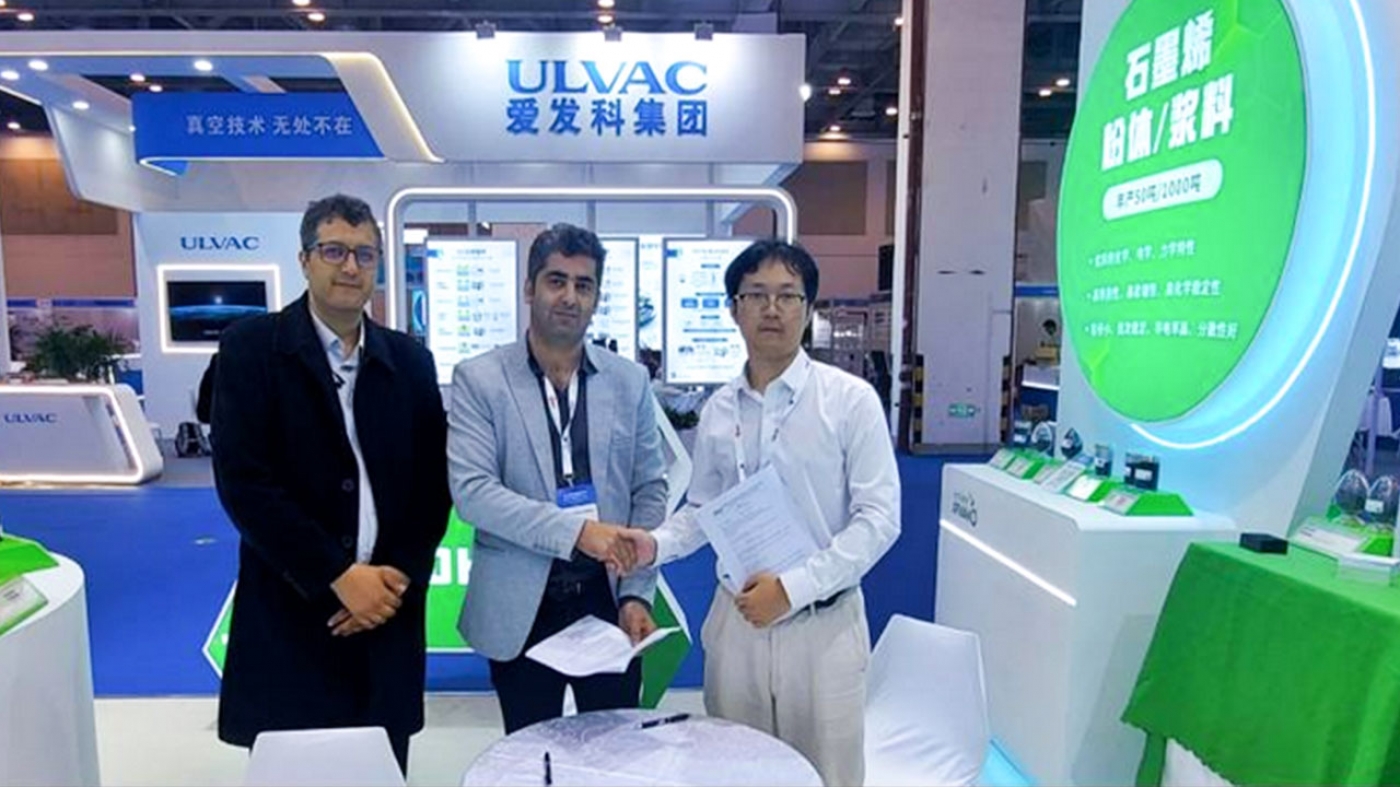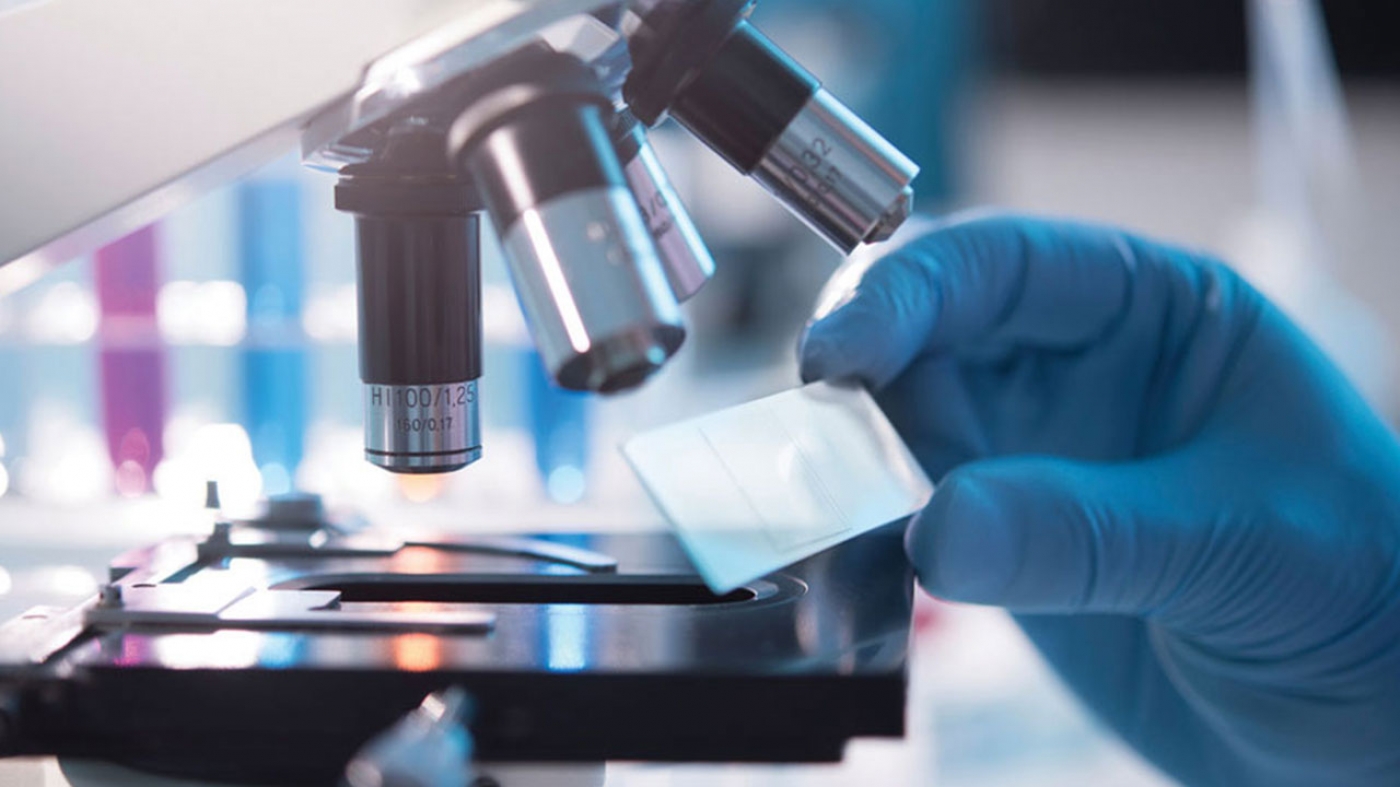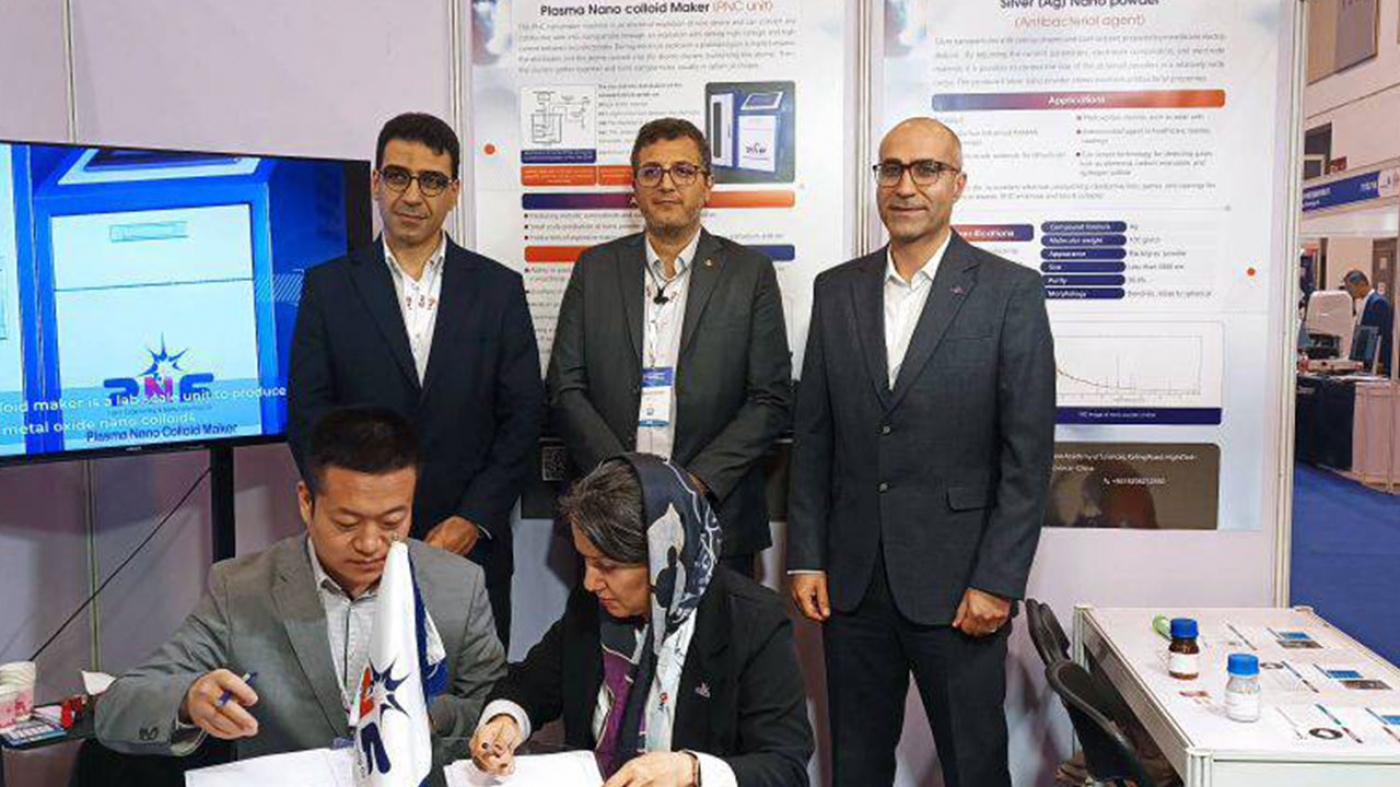
The Diamond Lake Area Recreational Association is willing to fund nanobubble system operations to reduce algae blooms in the Kandiyohi County lake.
Colorful blooms of algae in Diamond Lake and the toxins they have produced have motivated action to address water quality issues in the popular Kandiyohi County water body.
The Diamond Lake Area Recreational Association is hosting an open house meeting from 9 a.m. to noon on Aug. 24 at the Strong Garage in downtown Atwater for lake residents and the general public interested in learning about the water quality challenges, and a proposed plan to take them on.
The association has already taken one big step. The directors approved raising the annual assessment for the approximate 350 property owners around the lake from roughly $90,000 to $150,000, with intentions of using the increased assessment monies to fund the operations of a nanobubble system.
Brian Weist, association board president, said the association hopes to partner with the Middle Fork of the Crow River Watershed District to install the system.
A representative of Molenaar, the California-based company that owns the proprietary rights to the system, will be at the meeting to describe how the system can benefit the lake. Molenaar is currently operating that same system in Tadd Lake in Atwater as a test of its effectiveness.
Watershed board members agreed at their meeting on Aug. 19 to include the possibility of a Diamond Lake nanobubble generator system in the coming year’s budget, according to Dan Coughlin, watershed administrator. A public hearing will be held on Sept. 10 on the budget proposal.
If the proposal gets the go-ahead for the coming year’s budget, Coughlin said the Middle Fork of the Crow River Watershed District will apply for a low-interest, Clean Water Fund loan toward the system’s costs, which could be in the range of $1 million. The Diamond Lake Area Recreational Association has committed to funding its ongoing operational costs if installed.
Tentative plans call for installing the system at the Kandiyohi County-owned park there, Diamond Lake County Park. The proposed system would infuse 6,500 gallons of water a minute with oxygen-rich nanobubbles. The microscopic-sized bubbles are not buoyant, and consequently carry oxygen to all levels of the water column, including the bottom sediment.
The oxygen benefits the microscopic organisms that feed on organic matter. It also serves to bind phosphorus with the manganese and iron naturally present in water. This deprives the algae of the phosphorus that feeds its growth, explained Weist.
The lake’s algae woes are not new. Excessive levels of nutrients have triggered algae blooms in the 1,565-acre lake for decades. The levels have, at times, approached what is termed a hypereutrophic level, according to Jon Morales, project manager with the Middle Fork of the Crow River Watershed District. The excessive nutrients trigger algae and vegetation blooms that result in foul smells as the plants die and decay.
Testing this summer found that the algae blooms were creating hepatotoxins, which can be harmful to people, and especially to small animals. The Kandiyohi County Sheriff’s Office issued an advisory following testing in late June that found the toxins in the water. Blue-green algae and red cyanobacteria blooms were documented.
Morales said recent testing found that toxins remain in the lake’s water even though those waters have cleared in recent weeks.
The Diamond Lake Area Recreation Association members believe a nanobubble system can reduce the algae blooms as well as the invasive curly-leaf millpond in the lake.
By reducing the density of algae, the waters should clear and allow sunlight to penetrate to the bottom of the lake, which is only 27 feet deep at its deepest point. Sunlight that penetrates the lake’s bottom can adversely affect the turions produced by curly-leaf pondweed for the plant’s reproduction and spread, according to Weist.
Weist said the board is committed to both the continued chemical control of curly-leaf pondweed and, if possible, the operation of a nanobubble system.
Morales said this year’s near-record precipitation has resulted in a large nutrient load washing into the lake, setting the stage for abundant vegetation and algae growth in the coming year.
Along with the possible nanobubble system, the watershed district continues to support and encourage best management practices in the lake’s watershed to reduce the sediment and nutrients reaching the lake.
The watershed also worked in partnership with the Minnesota Department of Natural Resources, Ducks Unlimited, and other organizations to install a control structure for the upstream chain of lakes — Hubbard, North and South Wheeler, and Schultz.
It has allowed for two drawdowns of the shallow lakes in hopes of using winterkill to remove the carp and to help native vegetation re-establish itself in these shallow water bodies. Drawdowns, which mimic drought conditions, serve the same role as fire does to the prairie, helping native vegetation reset, explained Morales.
He said the two winter drawdowns conducted following the installation of the control structure were followed by unusually wet springs, which reduced their effectiveness. Nonetheless, given time, he is optimistic that the drawdowns have helped and that in the future, new drawdowns can help reset the upstream water bodies and reduce the nutrients flowing into Diamond Lake.




